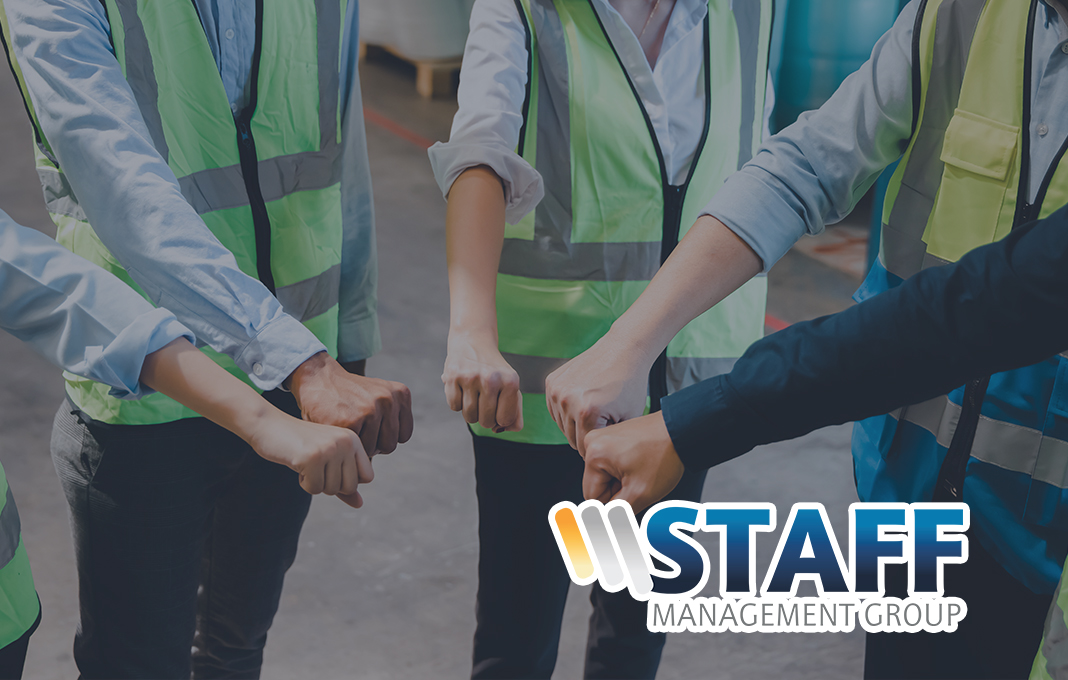
- June 29, 2023
- SMG
- 0
National Safer Workplace Day
National SAFER Workplace Day, observed on the last Friday of June, is an annual initiative aimed at raising awareness about workplace safety, with a particular emphasis on machine safety.
As a leading staffing company in NJ that focuses on warehouse workers, Staff Management Group recognizes the paramount importance of safety in the workplace and compliance with Occupational Safety and Health Administration (OSHA) regulations. In support of this event, let us delve into the significance of creating a safe working environment and the essential steps to achieve it.
- Promoting Machine Safety
Machine safeguarding consistently ranks among the top 10 OSHA violations each year. With a mission to provide machine manufacturers and end-users with the necessary tools, Staff Management Group strives to foster a safer workplace. By participating in National SAFER Workplace Day, we aim to heighten awareness and encourage safer workplace activities, particularly in the context of machine safety.
- The SAFER Approach
To address safety concerns effectively, it is crucial to follow the SAFER acronym, representing the five fundamental steps of risk assessment: STOP, ASSESS, FORMULATE, EXECUTE, and REVIEW. These steps guide the process of identifying and mitigating potential hazards, ensuring a safe and efficient solution for everyone involved.
- Responsibilities for a Safe Workplace
According to OSHA, employers bear the legal responsibility for providing a workplace free of recognizable hazards. Simultaneously, employees have a responsibility to comply with occupational safety and health standards, as well as the rules, regulations, and orders issued under relevant acts that apply to their actions and conduct. Achieving a safe workplace requires shared accountability between employers and employees.
- The Role of Personal Protective Equipment (PPE)
Personal Protective Equipment (PPE) serves as a vital safety control measure in workplaces. PPE is specifically designed to protect workers from various hazards, including physical, chemical, radiological, or biological risks. Examples of PPE include safety glasses, gloves, respirators, hard hats, and safety shoes. However, it is important to note that PPE should be considered as the last line of defense, after evaluating and implementing higher-order safety controls.
National SAFER Workplace Day serves as a valuable reminder to prioritize safety
At Staff Management, our team of experts is here to provide guidance and connect you with exciting job opportunities that align with your aspirations. Start your journey to success today by partnering with us.
Like us on Facebook!
